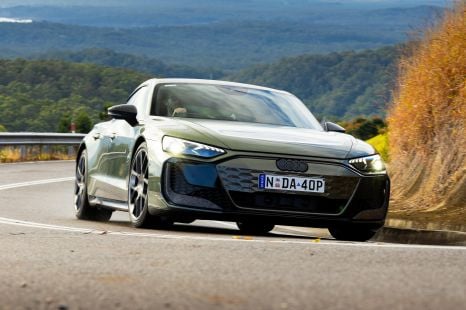

James Wong
4 Days Ago
Lancia finally has a fresh new product with the Ypsilon, a new electric-only generation of its long-running hatch that'll spearhead the brand's rebirth.
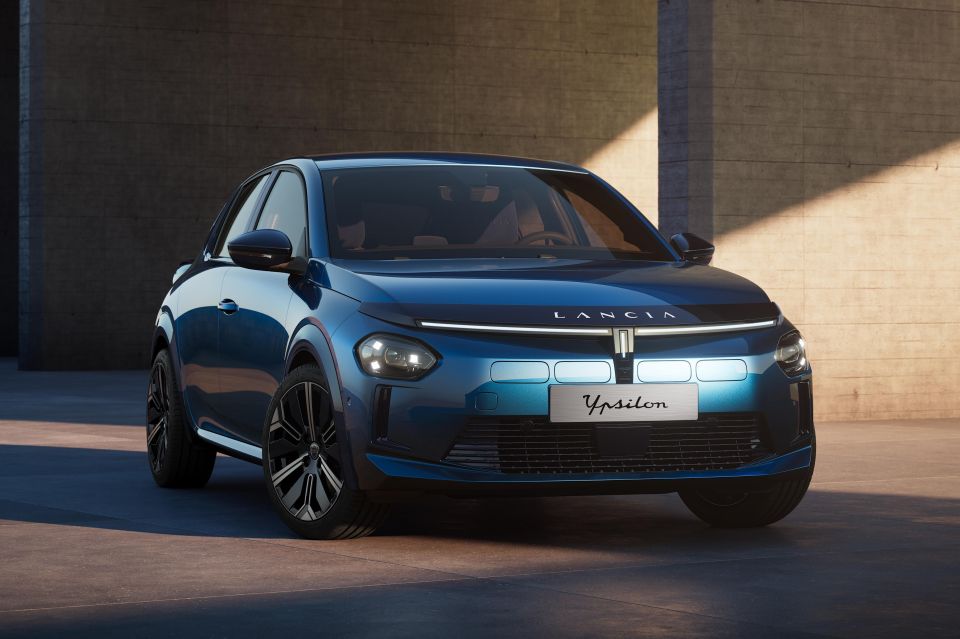
Italian brand Lancia had been left selling just one dated vehicle in one market, but now its rebirth is starting.
The brand – part of the Stellantis empire, along with other companies like Peugeot and Fiat – has detailed a new generation of its Ypsilon hatchback, now packing electric power.
It’s launching the car with 1906 examples of a special Edizione Limitata Cassina edition, celebrating a partnership between the carmaker and Cassina, an Italian premium furniture maker, while also commemorating its founding in 1906.
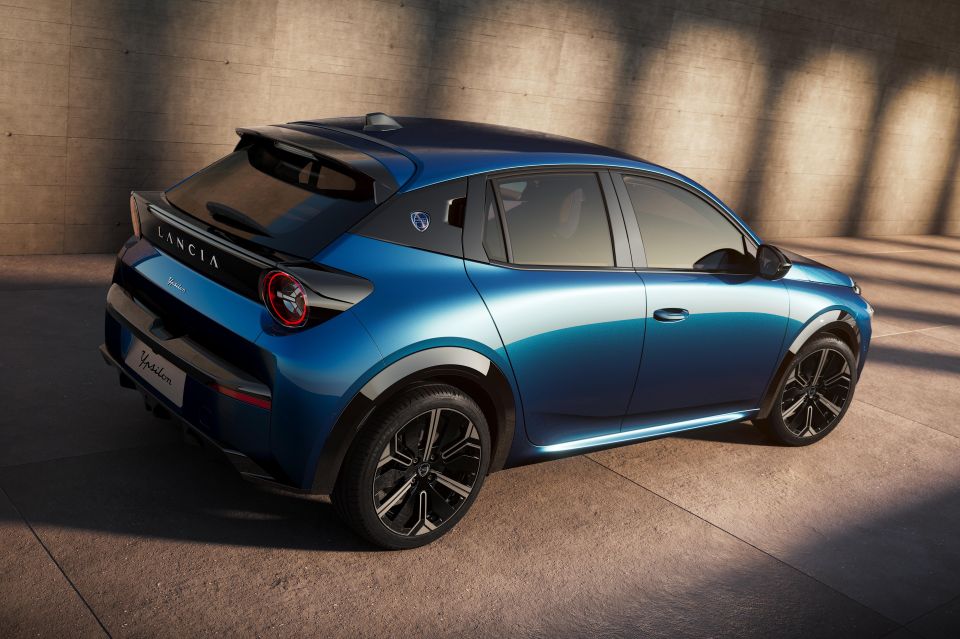
Lancia had already revealed the Ypsilon’s interior and exterior, but it has now released technical specifications.
The new Ypsilon uses Stellantis’ CMP platform, which also underpins models like the Peugeot 208 and Opel/Vauxhall Corsa.
It features a single front-mounted electric motor with 115kW of power and 260Nm of torque.
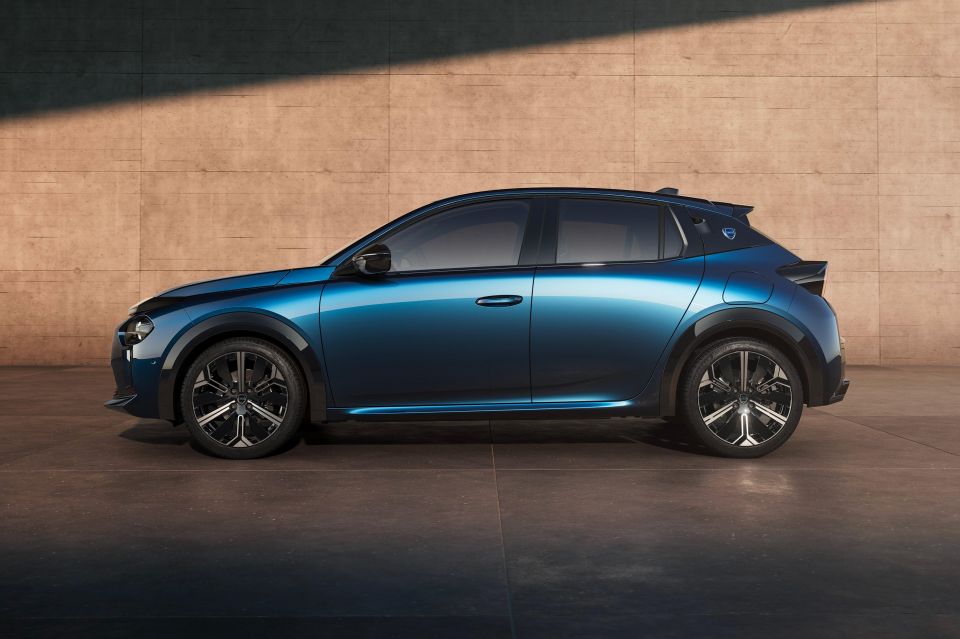
This is powered by a 51kWh battery pack. Lancia claims this gives the Ypsilon a best-in-class range of 403 kilometres under the stricter WLTP cycle.
Additionally, Lancia claims the Ypsilon uses between 14.3-14.6kWh of energy per 100km.
Using a fast charger (exact speed is not specified), the car can be recharged from 20-80 per cent in 24 minutes and 100 kilometres of range can be added in 10 minutes.
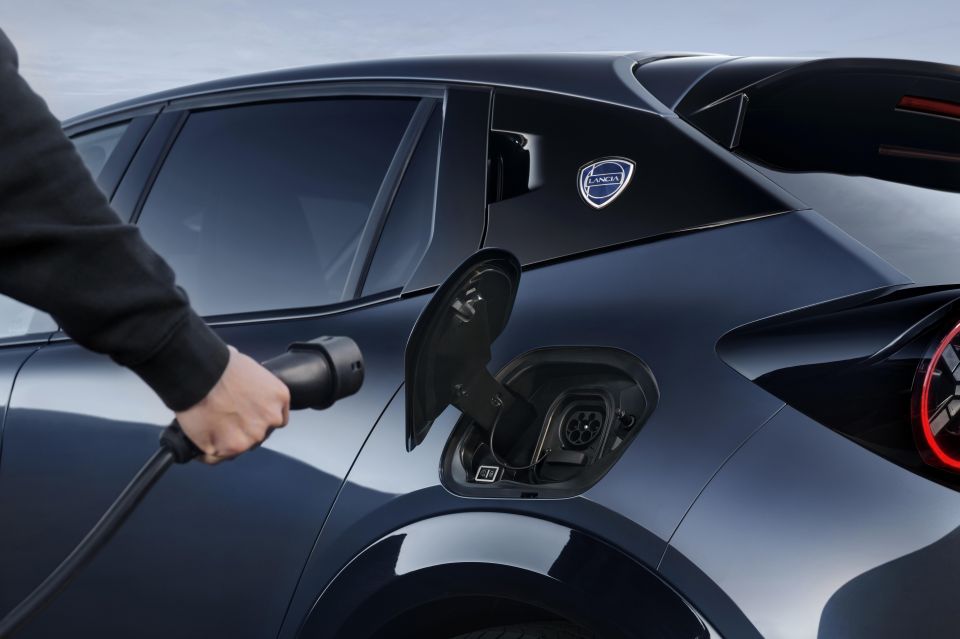
For easy charging, Lancia provides access to the Free2move ecosystem which gives customers access to the European charging network.
While the Cassina edition will be offered solely with electric motivation, regular versions of the new Ypsilon will also be available with internal combustion engine options. It will be the last Lancia with a tailpipe, however, as all models launched from 2026 will be electric.
Due to being built on the CMP platform, the new Ypsilon offers more space, breaking the four-metre long barrier and weighing 1584 kilograms.
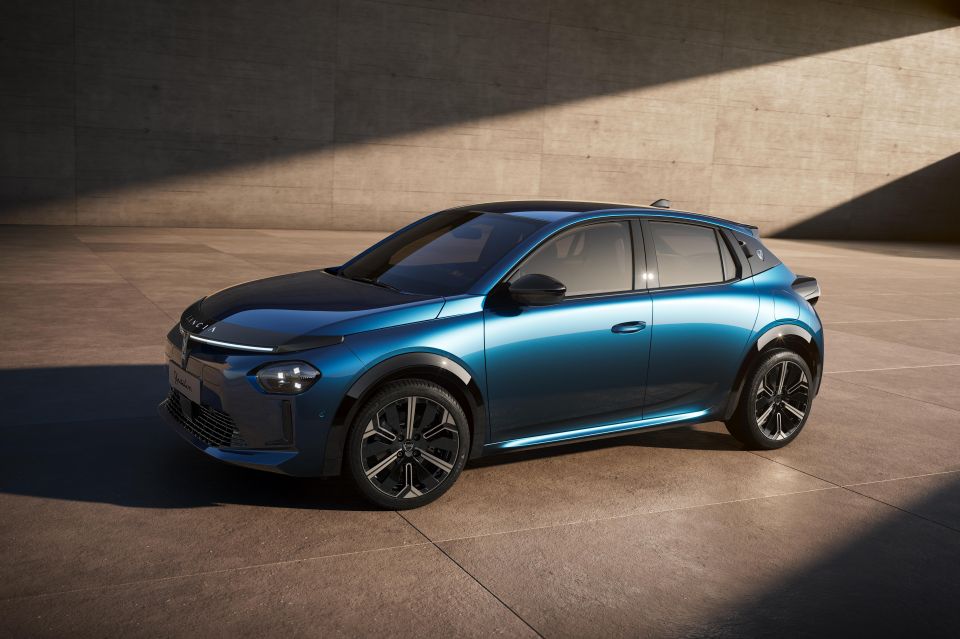
Lancia claims the Ypsilon is the only model in the segment with level 2 autonomous driving technology, featuring a Traffic Jam Assist system with a stop/go function. This works at speeds between 30 and 150km/h.
Level 2 systems can steer, brake, and accelerate by themselves, but still requires the driver to keep their hands on or near the steering wheel, and be alert to the current situation.
The evidence of Lancia’s collaboration with furniture firm Cassina can be seen in the interior.
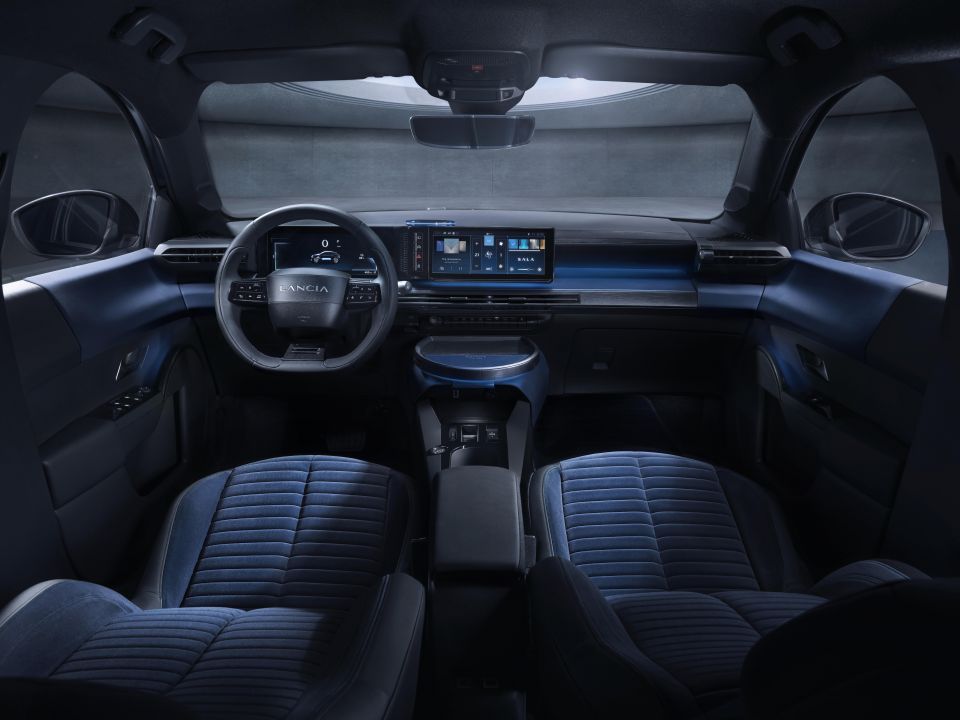
The seats are adorned in ‘Lancia cloth’ which is a double-stitched velvet made from 100 per cent recycled yarn, featuring a ‘Cannelloni’ texture. The rest of the seat is made from recycled PVC.
There’s a ‘tavolino’ (Italian for small table) up front to emphasise the living room ambience. It’s made from recycled plastic and features a wireless phone charger.
There are dual 10.25-inch screens, with the Ypsilon featuring an infotainment system called SALA (Sound Air Light Augmentation).
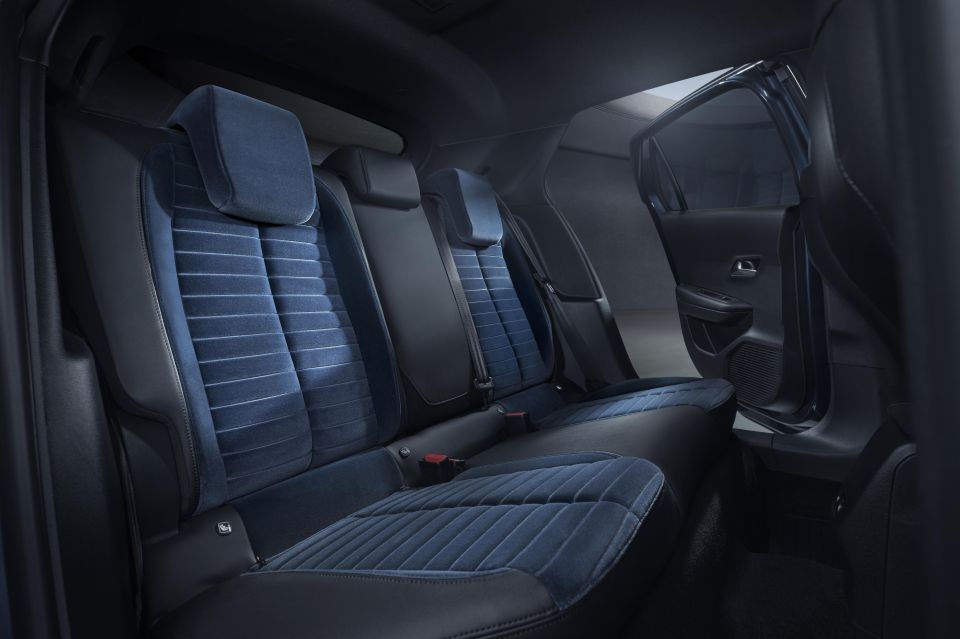
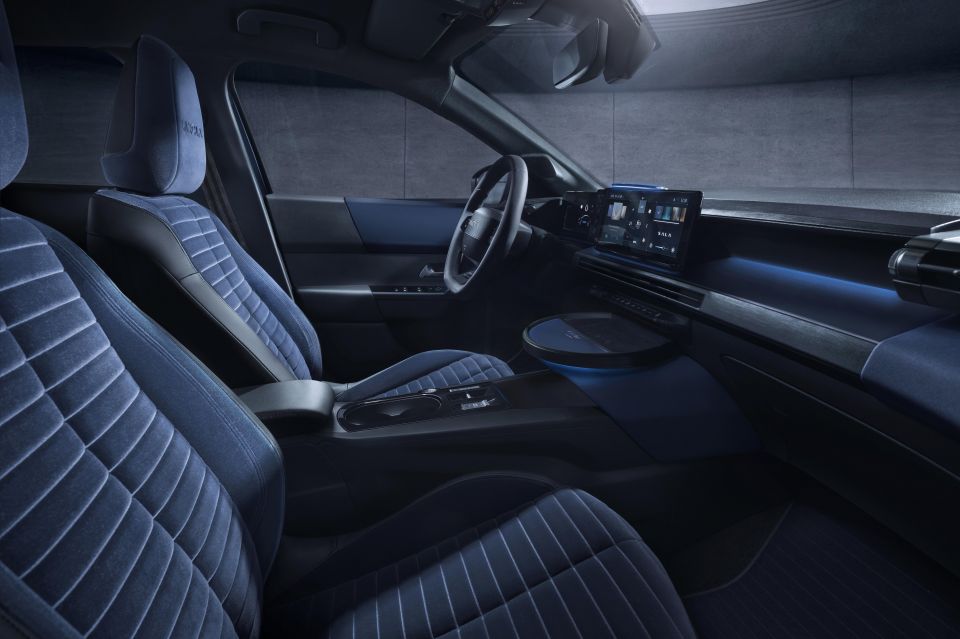
The system promises to “bring together the audio, climate control and lighting functions… [adapting] to the mood at the time, immediately changing the music, air and light inside the passenger compartment”.
There’s also a voice assistant which Lancia says “improves the connection between car and driver”.
Massaging heated electric seats, a specially designed Lancia audio system, ambient lighting and wireless Apple CarPlay and Android Auto are standard.
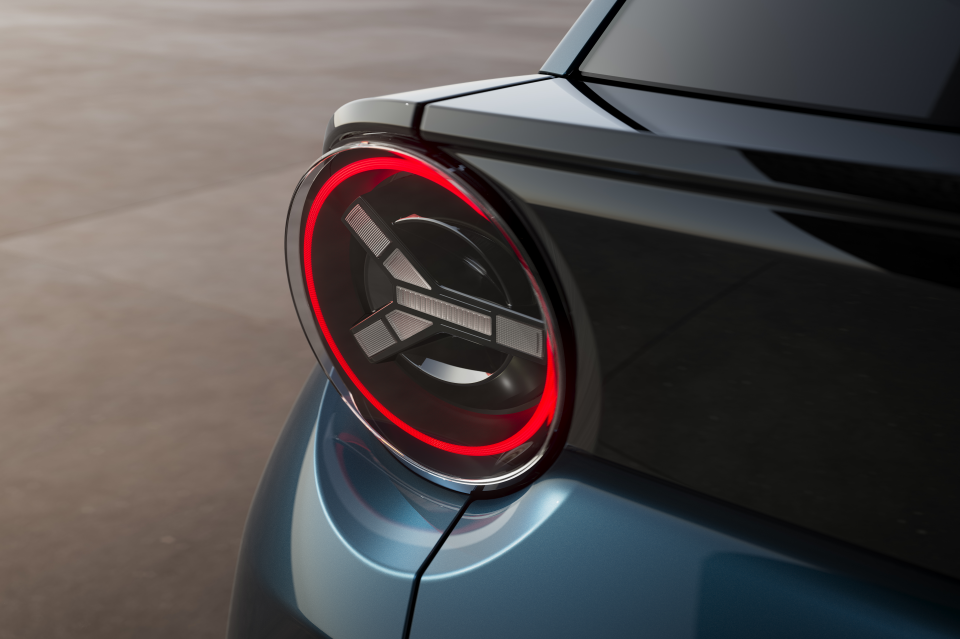
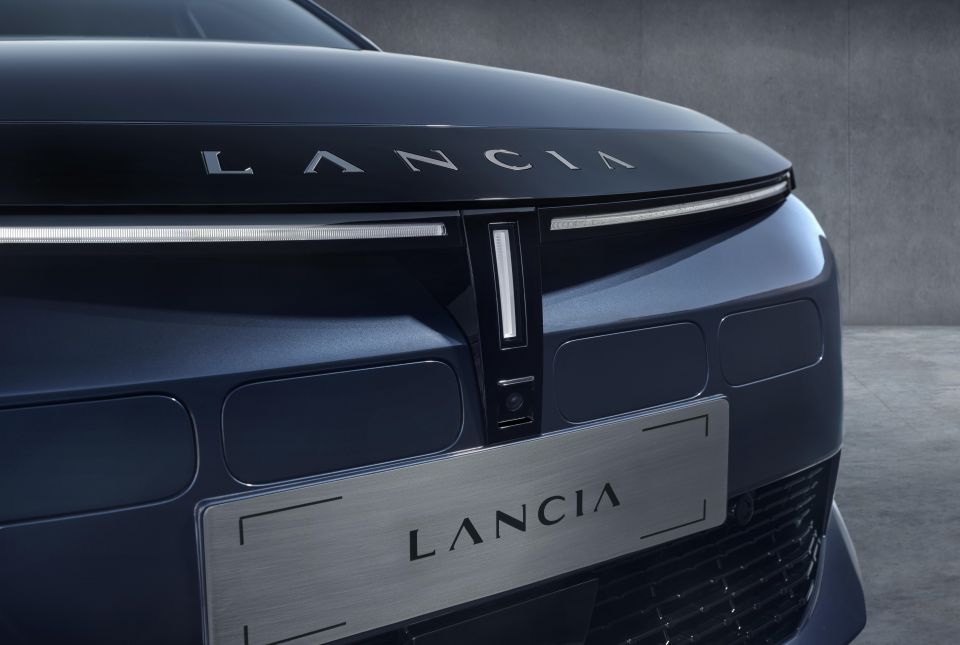
The new hatch forgoes the deep shield grille that’s been a signature of the Ypsilon for the past two generations. In its place is a gloss black swathe of plastic with a T-shaped driving light bar and the brand’s supersized word mark.
17-inch alloys are present, as are circular headlights and taillights which hark back to the iconic Lancia Stratos of old.
The Ypsilon is unlikely to be offered in Australia, though Lancia CEO Luca Napolitano has previously said if things go well with Lancia’s renaissance, it could expand to right-hand drive markets.


James Wong
4 Days Ago
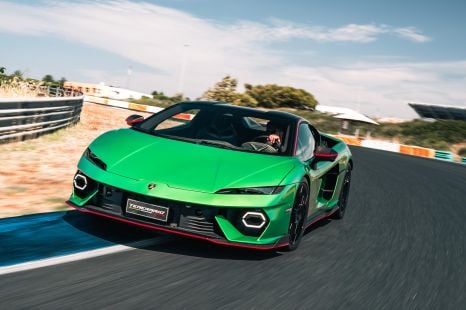

Alborz Fallah
3 Days Ago
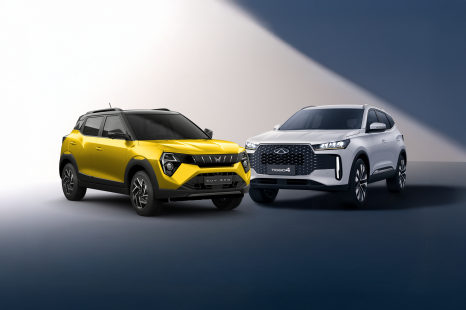

Andrew Maclean
3 Days Ago
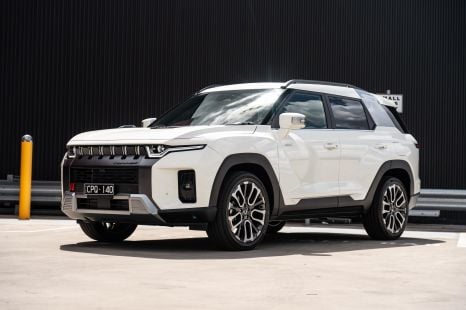

Max Davies
3 Days Ago
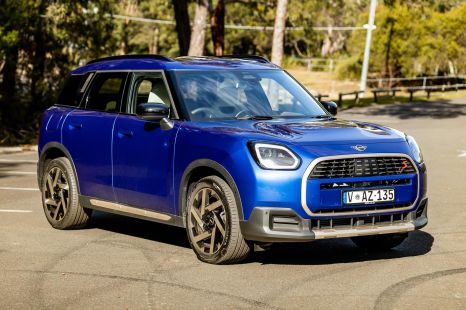

Matt Campbell
2 Days Ago
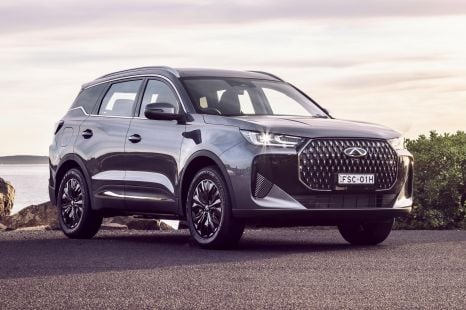

Max Davies
11 Hours Ago